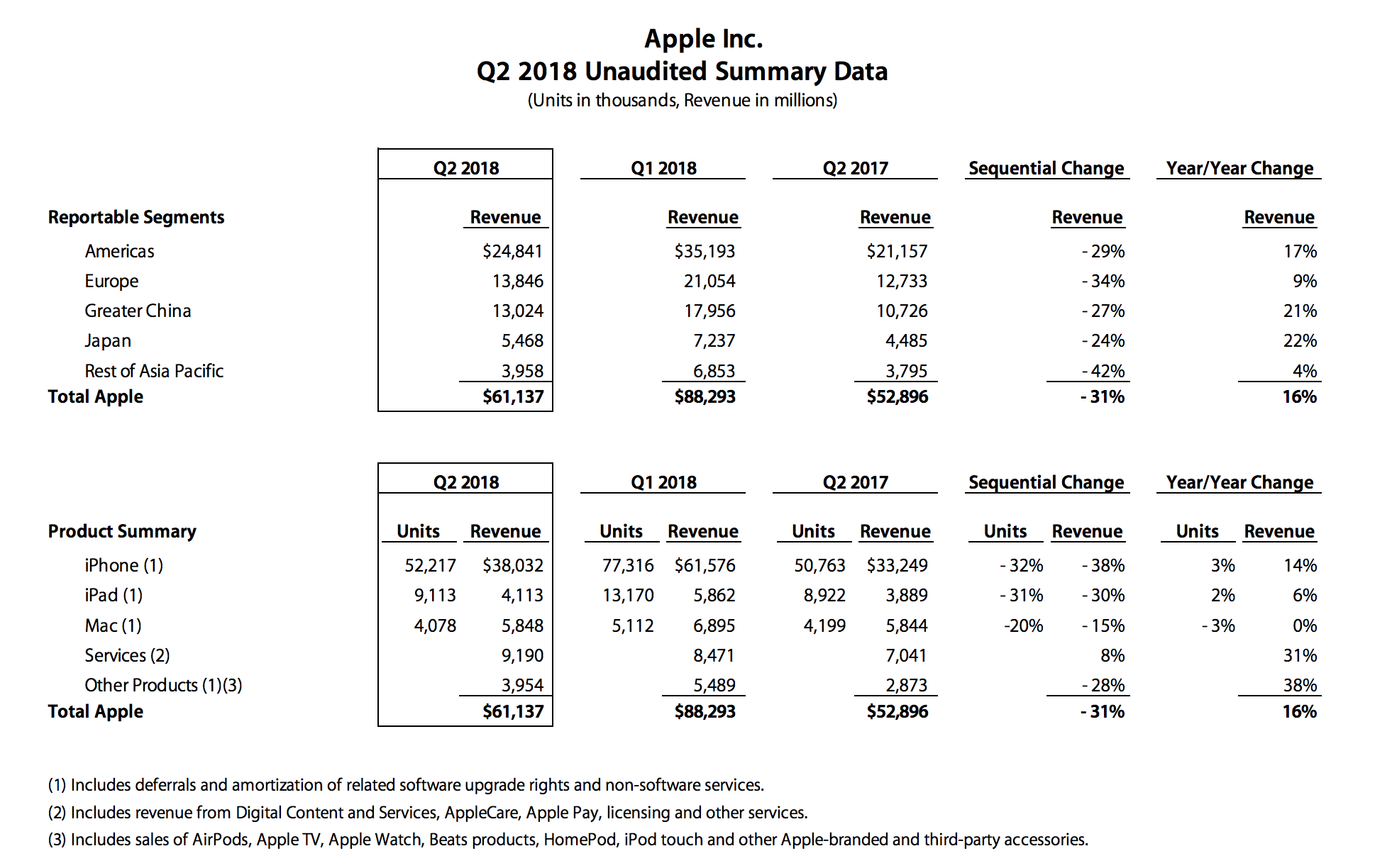The Holy Grail scene in Indiana Jones and the Last Crusade shows the closing piece of the riddle to find the cup of Christ. Walter, businessman-turned-scoundrel, outsourced his decision on which cup to choose to Elsa, the archeologist. Caught by his lust for power, he drinks from a beautiful golden cup. “He chose poorly,” and quickly turns to dust. Naturally, Indy choses wisely. It’s obvious that the plainest of cups was the one, without the flare, the simple cup of a carpenter.
Technology teaches the student that many of the best products or services require little or no selling. The shortest pitches, even if rusty since the product is so good, are often the best. Simplicity rules. As examples: Google is uncluttered and user-centric. Costco spends close to zero on advertising, as does Trader Joe’s. Netflix spends 13x more money on content than on marketing.
Businesses that point you to a 30-page white paper, amazing infographics, big fancy presentations, new words, or hyperbole are often hiding something, often a ‘tell’ that they’re bluffing as Peter Thiel might say. To quote Orwell, these are designed “to give an appearance of solidity to pure wind.” Apple’s numbers are so solid they don’t need to be crammed into an infographic.
In healthcare, solutions are often stated out of context that don’t mean much. United Healthcare says one of its tools has 2.5M weekly interactions but offers no comment on actual impact or other context. Another ancillary vendor annualizes a quarterly number from the first quarter of a new program. That doesn’t work. I would like to double my half-marathon time to get my marathon time but that’s wishful thinking. Case studies sell for a nickel a dozen (even less than a dime) and are often cherry picked.
In his book Factfulness, Hans Rosling states: “The most important thing you can do to avoid misjudging something’s importance is to avoid lonely numbers. Never, ever leave a number all by itself.” One offensive habit that’s sold by many is that you have to spend big money to save money. This is especially egregious when the solutions often go against screening recommendations or common sense but fits neatly with vendors sales goals and broker commissions. It also leaves companies scratching their heads why their 15th solution to address the healthcare costs doesn’t have their trend down 10%. Healthcare innovation in America is now at the stage where everyone else is wrong. With all the finger pointing, the real solutions, however modest and non-eternal-life-granting, are almost always like the carpenter’s cup.
